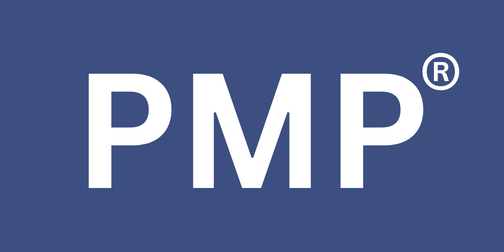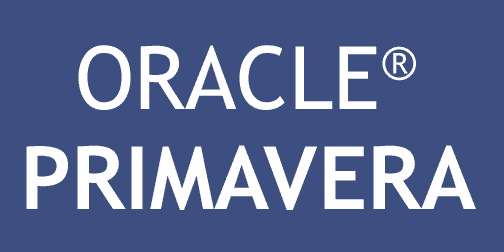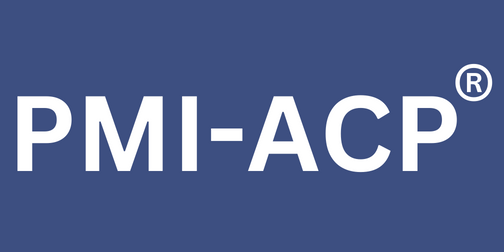
Agile Manifesto and its Core Values
Posted On June 6, 2024 - 17:18 PM
The Agile technique has become a game-changer in the quickly changing field of software development, prioritizing adaptability, teamwork, and client happiness. The Agile Manifesto, a document that has completely changed how teams approach and carry out projects, is the cornerstone of this technique. Let's examine the Agile Manifesto's fundamental ideas and see how they inform the development process's tenets.
The Agile Manifesto: What Is It?
When seventeen software developers got together in 2001 to talk about lightweight development techniques, they came up with the Agile Manifesto. The obstacles and inefficiencies they saw in conventional software development procedures were the focus of these thought leaders' efforts. The Agile Manifesto, a succinct statement of the ideals and tenets that characterize Agile methodology, is the result of their conference.
The Manifesto is composed of twelve guiding principles and four central values. Agile techniques are based on these basic ideals, and the principles offer comprehensive instructions on how to use these values in practical projects.
The Agile Manifesto's Four Core Values:
Prioritizing People and Interactions Over Procedures and Tools
-
The significance of interpersonal cooperation and communication is emphasized by this value. Although procedures and equipment are necessary, the Agile methodology places a higher value on team members' contributions and relationships.
-
Better problem-solving and more creative solutions result from developers, stakeholders, and customers working together effectively. This concept promotes adaptability and communication among teams as opposed to strict adherence to a set of guidelines.
Example: Agile encourages team members to have an open discussion to discover a solution when faced with a blockage, as opposed to rigorously following a predefined method that might not properly handle the current issue.
Functional Software Above Detailed Guides
-
Agile prioritizes meeting customer needs with functional software delivery above creating copious amounts of documentation. Although it is not ignored, documentation is not the main focus.
-
Delivering software that functions and adds value for the user is the aim, with ongoing development and feedback guaranteed. Teams can respond to changes and customer input more quickly with this method.
Example: An Agile team may begin with a minimal sketch and develop software iteratively, modifying documentation as the project progresses, as opposed to spending weeks generating comprehensive specs before any coding begins.
Client Participation During Contract Negotiations
-
Conventional development typically entails protracted contract agreements that specify every facet of the project before construction even starts. Agile, on the other hand, encourages constant customer participation during the whole development process.
-
This guarantees that the finished product can adjust to changing requirements and more closely matches the needs of the customer.
Example: Rather of adhering to an original contract that might grow out of date, an Agile team works closely with a customer through frequent meetings and feedback sessions, continuously revising the project depending on the client's evolving demands.
Adapting to Change Rather Than Sticking to a Plan
-
Agile understands that change is unavoidable and therefore to be welcomed rather than opposed. Adhering to a preset plan is emphasized by traditional techniques, which might cause issues when requirements alter.
-
Agile encourages adaptability by enabling teams to change course in response to fresh insights and input, guaranteeing that the finished product will continue to be worthwhile and relevant.
Example: Rather than being restricted by an antiquated plan, an Agile team may quickly pivot in the event that a change in the market necessitates a change in the project's direction. They can do this by re-prioritizing work and altering schedules to match the new objectives.
The Agile Twelve Principles
The Agile Manifesto expands on these fundamental ideals by outlining twelve principles that offer more detailed instructions for putting Agile techniques into practice:
-
Deliver useful software on time and consistently to satisfy the customer.
-
Even at this late stage of development, embrace evolving requirements.
-
Provide functional software often, ideally within shorter timeframes.
-
Throughout the project, business executives and developers will need to collaborate on a daily basis.
-
Create initiatives that center on driven individuals and provide them with the resources and guidance they require.
-
Face-to-face communication is the most effective and efficient way to transmit information.
-
Having functional software is the main indicator of development.
-
Agile development methods encourage sustainable growth at a steady, unchanging rate.
-
Agility is improved by constant attention to technical perfection and smart design.
-
It is crucial to practice simplicity, or the skill of maximizing the amount of effort not done.
-
In self-organizing teams, the best architectures, specifications, and designs are produced.
-
Periodically reviewing strategies for improving effectiveness and making necessary behavioural adjustments.
Agile's Effect and Adoption
-
The software development industry has been greatly impacted by the Agile Manifesto since its conception. A variety of Agile approaches and frameworks, including Scrum, Kanban, and Extreme Programming (XP), have been inspired by the manifesto.
-
These approaches provide particular rules of thumb and methods for applying Agile concepts in various project scenarios.
-
Agile ideas are also applicable in several other fields and businesses beyond software development, such as marketing, finance, healthcare, and manufacturing.
-
The focus on cooperation, adaptability, and customer-focusedness appeals to businesses looking to improve value delivery and quickly adjust to shifting market conditions.
In summary -
By placing greater emphasis on adaptability, teamwork, and customer happiness than on inflexible procedures and copious documentation, the Agile Manifesto transformed the software development industry. Teams that follow their guiding principles and values can produce high-caliber software that satisfies stakeholders' and customers' constantly shifting needs. Adopting Agile entails creating a culture that values people and their relationships, prioritizes usable software, encourages ongoing customer participation, and recognizes the importance of being adaptable. These ideas enable teams to flourish in the ever-changing world of software development by fostering innovation and adaptability.
Check out this blog : Project Risk Management: Identification, Mitigation, and Monitoring


















